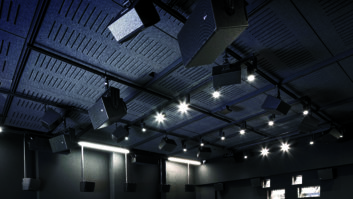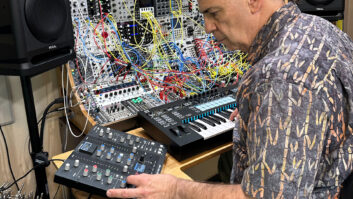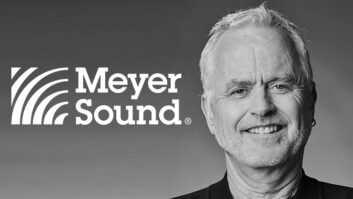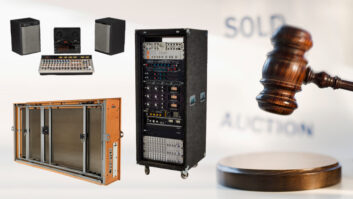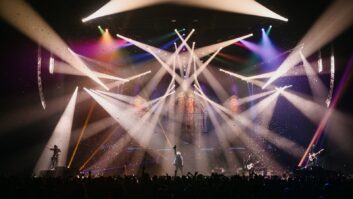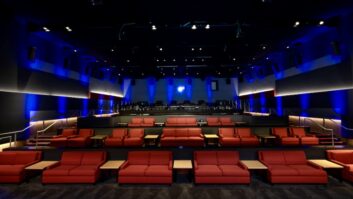
Warsaw, Poland (February 10, 2021)—Warsaw’s Teatr Muzyczny ROMA is well-known for hosting theatrical productions and concerts in non-pandemic times, and recently upgraded its audio reinforcement system with the aid of regional audio provider Polsound. The venue has a long history in the city, as it was first built in 1936 with a typical “Italian” style audience area, hence the name. As it was not destroyed in World War II, during the post-war era, it served as the temporary seat of the Warsaw Opera and later the Operetta. In 1994, it became the current Teatr Muzyczny ROMA. Most recently, it was hosting Elton John and Tim Rice’s AIDA, which will resume once the theatre is permitted to safely open.
Key to the previous live sound system was a sizable Meyer Sound system, which was installed in the venue for more than a decade; this time around, taking its place was another Meyer rig, this time comprised of LINA compact linear line array loudspeakers.
The new system consists of left-center-right flown arrays with 13 LINA loudspeakers each. Meanwhile, four 1100-LFC low-frequency control elements are flown in a two-by-two end fire configuration in the center of the stage, and additional low end is delivered through two VLFC very low-frequency control elements.
Meyer Sound Unveils Leopard-M80 Loudspeaker
Additionally, a surround system was installed along with the new main system to create an immersive experience for the audience, based around MM-4XP and MM-4XPD boxes for upper side booth fill and zone fill; UPM-1Ps for lower surround, UPJ-1Ps™ for middle surround, and UPQ-1Ps for top surround (across the first, second and third floors), plus two 900-LFC compact low-frequency control elements. Custom-color was applied to the surround loudspeakers to blend in with the building’s architecture. The private VIP loge seating areas are covered by three UPM-1P loudspeakers.
The theatre’s sound designer, Krzysztof Polesiński, changed the system design in the upgrade by adding a center array with the subwoofers flown on either side of the array rather than behind the left-right arrays. Polesiński said, “It was time to increase the center channel to the correct size, too, so now we have 13 boxes in every hang. I feel the center channel is very important, because you can make the positioning of the sound source better within the space.”
Meyer Sound • www.meyersound.com

